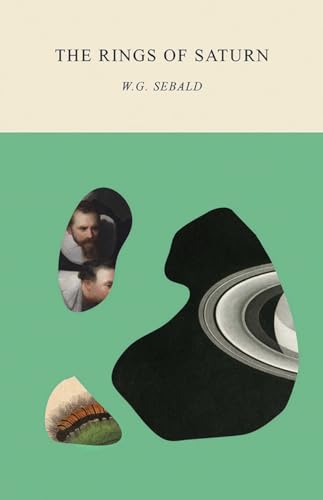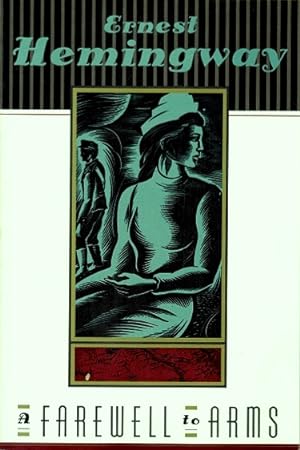I had not thought, when I began this record of my life, to reveal any of the secrets of our guild that were imparted to me by Master Palaemon and Master Gurloes just before I was elevated, at the feast of Holy Katharine, to the rank of journeyman. But I will tell one now, because what I did that night on Lake Diuturna cannot be understood without understanding it. And the secret is only that we torturers obey. In all the lofty order of the body politic, the pyramid of lives that is immensely taller than any material tower, taller than the Bell Keep, taller than the Wall of Nessus, taller than Mount Typhon, a pyramid that stretches from the Autarch on the Phoenix Throne to the most humble clerk grubbing for the most dishonorable trader--a creature lower than the lowest beggar--we are the only sound stone. No one truly obeys unless he will do the unthinkable in obedience; no one will do the unthinkable save we.
Gene Wolfe's Book of the New Sun series isn't one of those fantasy series that has a map on the first page. There are many strange places, but there is no orienting yourself in it, or dispelling the mystery of these places with a name and icon. Severian, the torturer protagonist, keeps moving north, but north into a land that is increasingly unfamiliar, and as he moves he sometimes seems to move in time as well as space. That is how the Claw of the Conciliator, the magical gem he picks up in the first book, seems to work, after all, raising the dead by bending time to the point of their life. And if the prophecies are true, the arrival of the messianic figure known as the "New Sun"--the sun on this version of Earth is dim and dying--will bring the past and future together. The New Sun, it seems, might be Severian itself, and how can that kind of journey be placed on a map?
At the beginning of The Sword of the Lictor, the third novel in the series, Severian is stationed at the city of Thrax. He's been more or less exiled here after illegally providing clemency to a woman in the first book, and yet he has great authority. As the head of the Vincula (the "House of Chains") he presides over an immense fortress of criminals in need of torture and execution, and applies himself with cleverness and industry to the task. His beloved companion Dorcas is in town as well, and though Severian tells her he will break his oath to the guild and marry her, seeing his work up close has left her disgusted and disconsolate. To make matters worse, there is a creature stalking the town, burning people alive, a creature called the Salamander, and it may be looking for Severian himself. But old habits die hard and when Severian once again frees a woman he has been commanded to kill, he must escape Thrax and go on the run again.
The goal of Severian's journey is, as it has been, to return the Claw to the Pelerines, the nomadic order of women who are its keepers. Once again he encounters many strange monsters and obstacles on the way, all of which show the terrific range of Wolfe's imagination--and which, if I may so myself, really make most fantasy novels look stodgy and dull. He fights the alzabo, a creature who speaks with the voice of those it has eaten, begging their family members to join it in the alzabo's jaws. He climbs an enormous mountain shaped like an ancient ruler of Urth, only to find that the Claw has, unbeknownst to him, resurrected the ruler, now with two heads instead of one, who intends to reconquer what he has lost. He is rescued from captors by a band of people who live on islands that float in a lake and battles an army of phantasms made of fog.
And yet, compared to the second novel, The Claw of the Conciliator, The Sword of the Lictor seems almost conventional at times. There's nothing so weirdly genre-bending as the script of the play that forms the climax of that novel, for example. There are few strange visions of our own time, as occurs in the first novel. And the eerie suggestions that perhaps Severian has made the whole story up in his head are few and far between here. The story is weird, but the novel itself is recognizable as fantasy; it hits the same climactic and emotional notes. It is, at heart, an adventure. I read somewhere that Wolfe intended the series to last for three novels and then had to split the final book into two; my guess is the fourth novel increases the strangeness factor considerably.
One thing that sets The Sword of the Lictor apart from the first two novels is that Severian goes through his adventure almost entirely alone. He leaves Dorcas behind, who can't bear to be with him. His loyal friend Jonas (who turned out to be a robot, if I'm remembering correctly) is long since gone. Several new companions seem to pop up, but each only lasts a short while in Severian's company: Typhon, the former ruler, for one, and a little boy whose name is also Severian, who Severian the elder nearly adopts as his own son. But at the end of the novel, Severian is once again alone; and not only that, he is forced to fight his old companions Baldanders and Dr. Talos. Before this final battle he meets with a group of "cacogens," terribly mythical many-eyed figures, who turn out to be aliens of some kind, who take a concerted interest in him. These aliens know, it seems, that Severian is on a path to become the New Sun and reenergize the dying world, but The Sword of the Lictor shows convincingly that it's a path Severian will have to walk alone.










